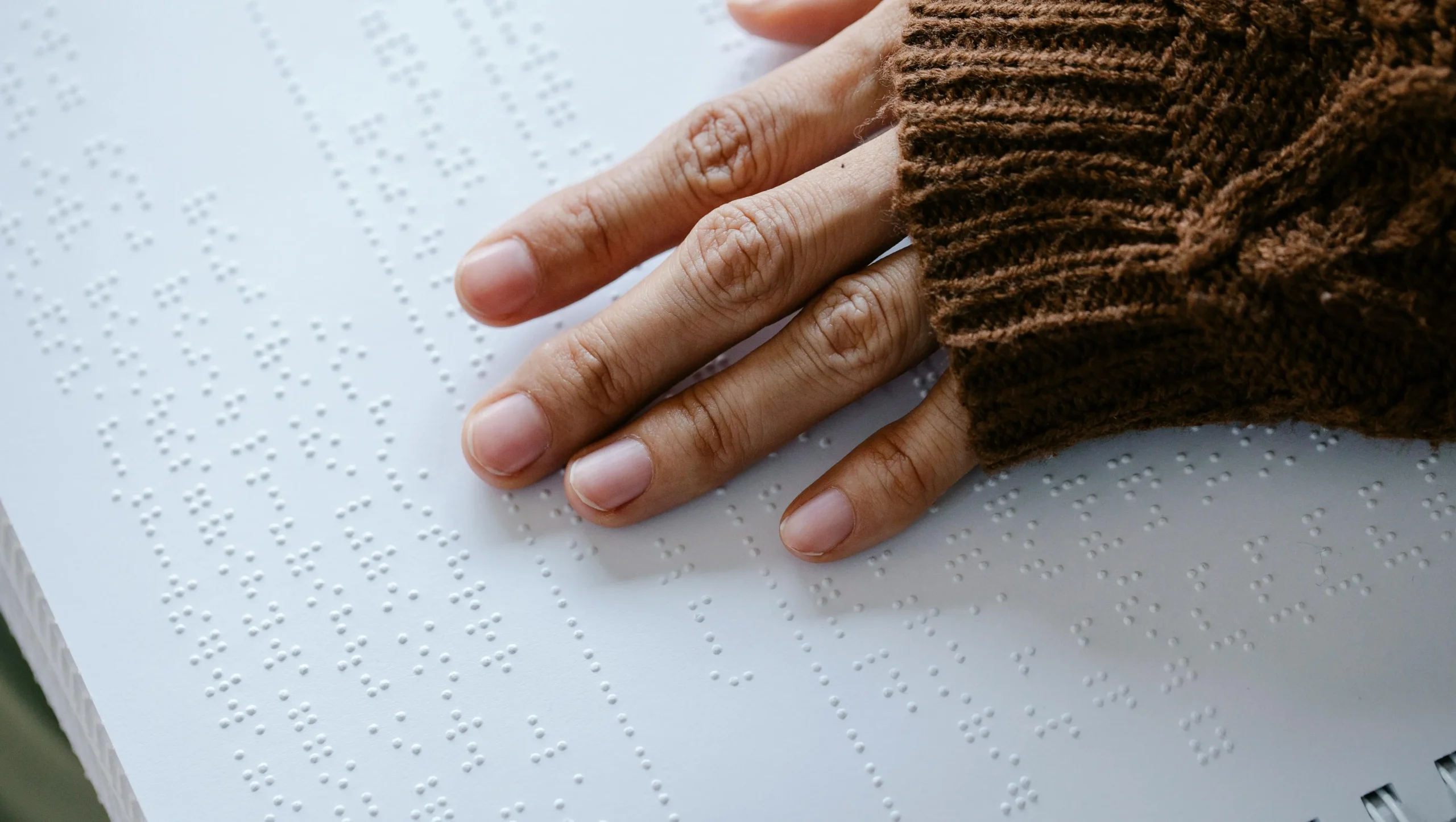When you think about communication, what typically comes to mind? Speaking, listening, maybe even facial expressions? But there’s another powerful form of communication that doesn’t involve words or sounds: haptic communication. This refers to the way we use touch to send and receive messages. Whether it’s a warm handshake, a comforting hug, or a simple pat on the back, haptic communication is a vital part of how we connect with each other on a deeper level. Let’s dive into what haptic communication is and why it matters in our daily interactions.
What Is Haptic Communication?
Haptic communication is all about using touch as a means of conveying information or emotions. It’s an incredibly important aspect of human interaction that often goes unnoticed. We rely on touch in countless ways, whether it’s to show affection, offer comfort, or even establish authority.
Touch is one of the first senses we develop as babies, making it a fundamental part of our social and emotional growth. By engaging in haptic communication, we can strengthen our relationships, enhance our understanding of others, and even improve our emotional well-being.
The Science Behind Haptic Communication
Our sense of touch is linked to a complex network of receptors and nerves. These receptors, found all over our skin, send signals to the brain, helping us interpret different types of touch—soft, firm, gentle, or rough. The way we respond to touch is deeply rooted in biology.
When we touch or are touched by someone else, our brains release hormones like oxytocin and endorphins. Oxytocin, often called the “love hormone,” fosters a sense of connection and bonding. This is why a warm hug can make you feel closer to someone and why a pat on the back can boost your morale.
Types of Haptic Communication
There are various types of haptic communication, each serving a different purpose. Let’s take a closer look at some of the most common types:
1. Functional or Professional Touch
Functional or professional touch is often seen in professional settings, like a doctor examining a patient or a hairstylist cutting your hair. The purpose here isn’t emotional; it’s practical. This type of touch is common in jobs that require direct physical contact.
2. Social or Polite Touch
Social or polite touches include handshakes, light pats on the shoulder, or a quick hug. This type of touch is a form of social etiquette, helping to establish connections in everyday interactions. A handshake, for example, is a socially accepted greeting in many cultures.
3. Friendship or Warmth Touch
A step beyond social touch, friendship or warmth touch includes actions like a friendly hug or a tap on the back. This type of touch conveys care and warmth, letting others know that they’re appreciated or loved. It’s a simple way of expressing friendship or affection.
4. Love or Intimacy Touch
This type of touch is reserved for close relationships, like those with a partner or family members. Kisses, warm embraces, and holding hands fall under this category. Love or intimacy touch helps strengthen emotional bonds and is often seen in romantic or familial contexts.
5. Sexual Touch
Sexual touch is a form of intimate physical contact between consenting adults. It’s a powerful way of communicating desire, affection, and closeness. Unlike other types, this form of haptic communication is exclusive to romantic relationships and can contribute significantly to emotional intimacy.
The Importance of Haptic Communication in Relationships
Haptic communication plays a huge role in building and maintaining relationships. In fact, relationships often rely on touch as a primary means of expressing emotions. Touch can convey empathy, compassion, and even authority. It has the power to reduce stress, boost trust, and create a sense of security between people.
Imagine comforting a friend who is upset. A gentle hand on their shoulder or a hug can say so much more than words ever could. Touch makes us feel connected, understood, and cared for. When used appropriately, haptic communication can enhance emotional intimacy and bring people closer together.
Cultural Differences in Haptic Communication
Touch is universal, but its use varies significantly across cultures. In some cultures, touch is a normal part of everyday interaction, while in others, people may be more reserved. Let’s break down how different cultures approach haptic communication:
1. High-Contact Cultures
Countries like Italy, Spain, and many Latin American nations are considered high-contact cultures. In these places, people are more likely to greet each other with kisses on the cheek, embrace more frequently, and stand closer during conversations. Here, touch is seen as a natural extension of social interaction.
2. Low-Contact Cultures
In contrast, countries like Japan, the United States, and Canada are generally lower-contact cultures. People in these places may be more cautious about physical contact, especially with those they don’t know well. Handshakes might replace hugs, and personal space is often respected.
3. Gender and Touch
The way people use touch can also depend on gender norms. For example, in some cultures, men are less likely to engage in touch with other men outside of a professional context. However, women might be more open to expressing themselves through touch, such as hugging friends or family members.
Haptic Communication in the Digital Age
With the rise of technology, physical touch has become less common in some interactions. Social media, messaging, and video calls are great for staying in touch, but they can’t replicate the physical connection we feel through haptic communication.
Interestingly, tech companies are working on creating haptic feedback systems that mimic the sensation of touch. For example, virtual reality (VR) technology is being developed to simulate the feeling of touch in digital spaces. Imagine being able to “feel” a handshake or a hug through a VR headset. While it’s not quite the same as real-life touch, it opens up new possibilities for haptic communication in a digital world.
The Role of Haptic Communication in Mental Health
Touch has a significant impact on mental health. Studies show that regular, positive touch can help reduce stress, decrease feelings of loneliness, and even improve immune function. It’s no wonder that practices like massage therapy are gaining popularity for their mental health benefits.
For people who experience anxiety or depression, haptic communication can be incredibly comforting. A reassuring hug or a simple touch on the arm can help someone feel more grounded and secure. Physical touch fosters a sense of belonging, reminding us that we’re not alone in whatever we’re going through.
How to Use Haptic Communication Effectively
Not everyone feels comfortable with touch, so it’s important to be mindful of others’ boundaries. Here are some tips for using haptic communication effectively:
- Pay Attention to Non-Verbal Cues: If someone seems uncomfortable or pulls away, respect their personal space.
- Consider the Setting: In professional environments, a handshake might be appropriate, but more personal touches could feel out of place.
- Be Culturally Aware: Remember that what’s acceptable in one culture might be seen as inappropriate in another.
- Use Touch Thoughtfully: When someone is feeling down, a gentle touch on the arm can show empathy without being intrusive.
Incorporating touch into your communication style can deepen your connections with others, but it’s essential to use it thoughtfully and respectfully.
Final Thoughts on Haptic Communication
Haptic communication is an incredible tool that adds richness and depth to our interactions. While we might not always be aware of it, the power of touch shapes our relationships, influences our moods, and even affects our health. Next time you greet a friend or comfort a loved one, remember the significance of that touch. It’s more than just a gesture; it’s a way of expressing what words sometimes can’t convey.




